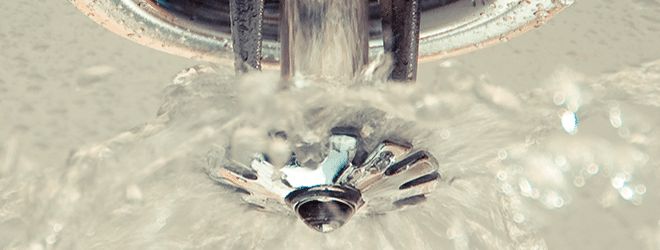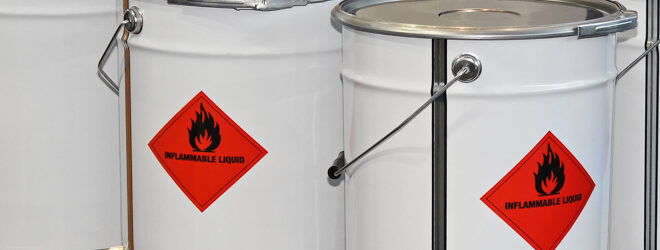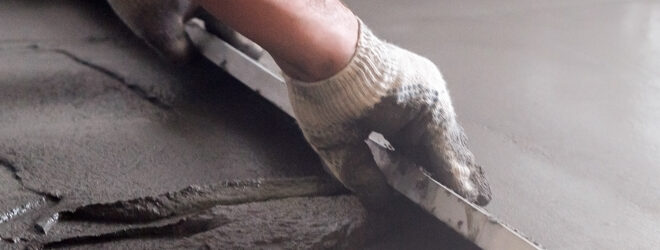Cold weather and freezing conditions can bring about significant risks to businesses. Without proper protection, even minor freeze events like a single broken water pipe can cause extensive property damage, and even business interruption. In addition, an event impacting your fire protection system could leave your facility more susceptible to a severe fire loss.
Depending on your location, the type of freeze-related incidents you’re likely to see will vary. In areas where freezing conditions are typical, damage is most commonly caused by changes at a facility, such as having open or broken windows, new exterior wall penetrations, not replacing insulation after repairs, or changes in the heating plan/system. In areas where freeze conditions are not typical, or even not expected at all, the potential for damage is even more extensive. This is often due to a lack of awareness of the exposures and lack of emergency planning in the event of an unusual or unexpected freeze event.
Below we outline steps you can take to prepare and protect your property from freeze damage:
Analyze your exposure
The first step in proper protection is to be aware of your site-specific freeze exposure and its potential impact on your operations. Identify any equipment, process and piping systems that contain water or other liquids susceptible to freezing. Also, consider any air instrumentation lines where freezing condensation could rupture the line or impact operations. Develop a plan to ensure these areas have proper heat, insulation, heat tracing, or that systems are completely drained to reduce potential for freeze damage.
Assess your building condition
Evaluating the overall condition of a building is a critical step in protecting your facility from freeze damage. Ensure that the building envelope is in good condition, and pay particular attention to doors, windows, or other exterior openings. Any unnecessary openings should be closed. Inspect roof drainage systems and gutters, and ensure they remain clear of ice build-up.
Revise your heating plan
To help minimize freeze damage and prevent your pipes from freezing, you should review and revise your heating plan. Here are a few things to consider:
- Design heating and insulation systems to maintain a minimum of 40°F (4.4°C), including any remote or concealed spaces that have freeze exposure (e.g. attics, concealed spaces and corners).
- Identify any concealed spaces that could contain piping systems that may be more difficult to heat. Consider providing temporary interior openings to allow heat to reach these areas.
- Perform routine maintenance and verify the operation of all heating systems.
- Use heat tracing and insulation on piping that may be more susceptible to freezing, ensuring existing heat tracing is in proper working condition.
- If portable heaters are used for emergency response, they should be in good working condition, operated according to the manufacturer’s specifications, have appropriate safety interlocks, be appropriately fueled, and properly ventilated.
Monitor temperatures and drain pipes in non-heated areas
Consider placing thermometers in harder to heat areas that contain critical equipment or piping. If your facility is going to be left unattended, you should monitor the buildings temperature ensuring it remains at or above 40°F (4.4°C).
In spaces that aren’t adequately heated or not heated at all, drain all equipment that has water or is susceptible to condensation or freezing. Proper piping pitch and low point drains are essential to ensure complete drainage.
Plan for heating system failure and/or extreme weather
In the event of a complete power outage, heat loss, or unusually cold conditions, which could overtax your existing heating plan, it’s crucial to have a solid emergency plan in place. Consider providing an emergency back-up heating plan and emergency drainage of key equipment and piping. Additionally, here’s a list of items you may want to include in your emergency supplies:
- Antifreeze materials
- Approved portable heaters
- Tarpaulins for windbreaks
- Ice control products
It’s important to remember that a minimum temperature of 40°F (4.4°C) is required in all areas subject to freezing. Be mindful of where you place your thermostat, as thermostats located in warmer areas may need to be set higher to ensure the minimum acceptable temperature is maintained for all remote or concealed spaces. Thermometers or low temperature detection devices can help to ensure proper heating in all areas. Infrared imaging can also be used to help identify areas with significant heat loss.
Protect yourself and your business
While winter weather can’t be avoided, you can help to reduce the risk of freeze damage at your facility by following these preventative measures. However, no matter how much preparation you do, things can always go wrong. That’s why having the right protection in place can make all the difference to you and your business. To learn more about protecting yourself and your business, visit our Business Insurance page today.




